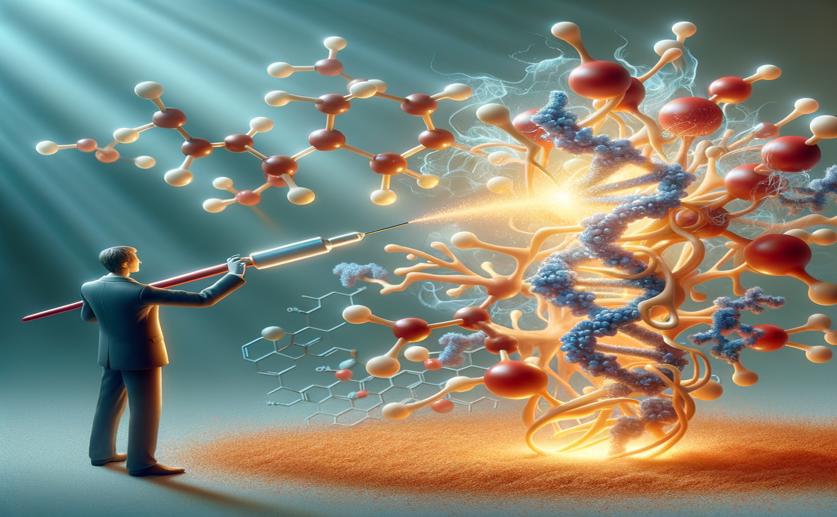
A Versatile Enzyme Prefers Converting Ginsenoside Rb3 to Rd over Other Types
Greg Howard
26th July, 2024

Image Source: Natural Science News, 2024
Key Findings
- The study from Changchun University found a way to make ginsenosides from ginseng more absorbable using a specific enzyme
- The enzyme, Pxbgl, converts complex ginsenosides into a more effective form called Rd, improving their absorption
- The enzyme showed high efficiency, especially for converting Rb3, making it promising for industrial use in producing bioactive ginsenosides
References
Main Study
1) A Versatile β-Glycosidase from Petroclostridium xylanilyticum Prefers the Conversion of Ginsenoside Rb3 over Rb1, Rb2, and Rc to Rd by Its Specific Cleavage Activity toward 1,6-Glycosidic Linkages.
Published 25th July, 2024
https://doi.org/10.1021/acs.jafc.4c03909
Related Studies
2) Saponins in the genus Panax L. (Araliaceae): a systematic review of their chemical diversity.
3) Preparation and bioactivity of the rare ginsenosides Rg3 and Rh2: An updated review.
4) Classification of glycosidases that hydrolyze the specific positions and types of sugar moieties in ginsenosides.
Journal: Critical reviews in biotechnology, Issue: Vol 36, Issue 6, Dec 2016



 24th May, 2024 | Greg Howard
24th May, 2024 | Greg Howard